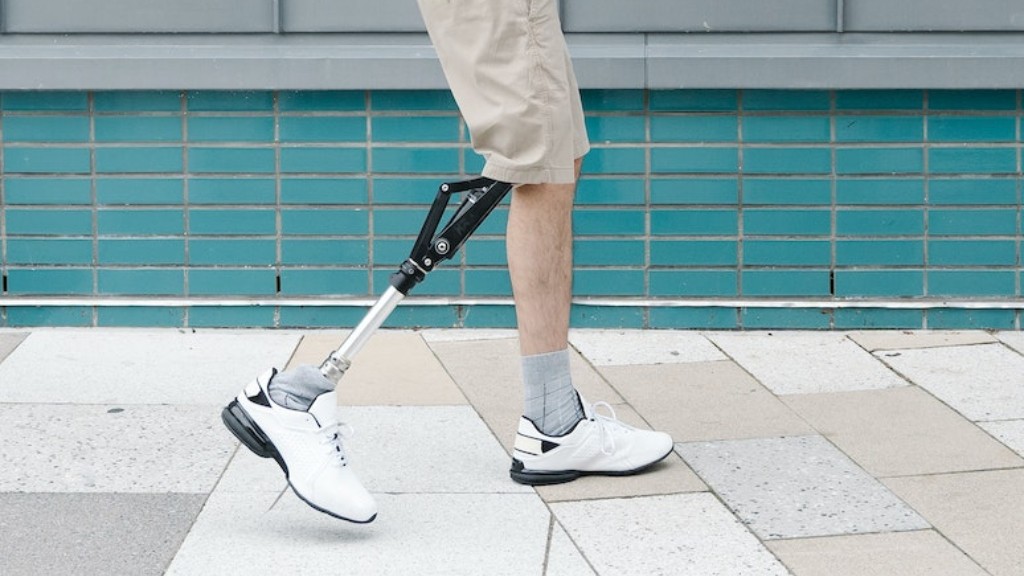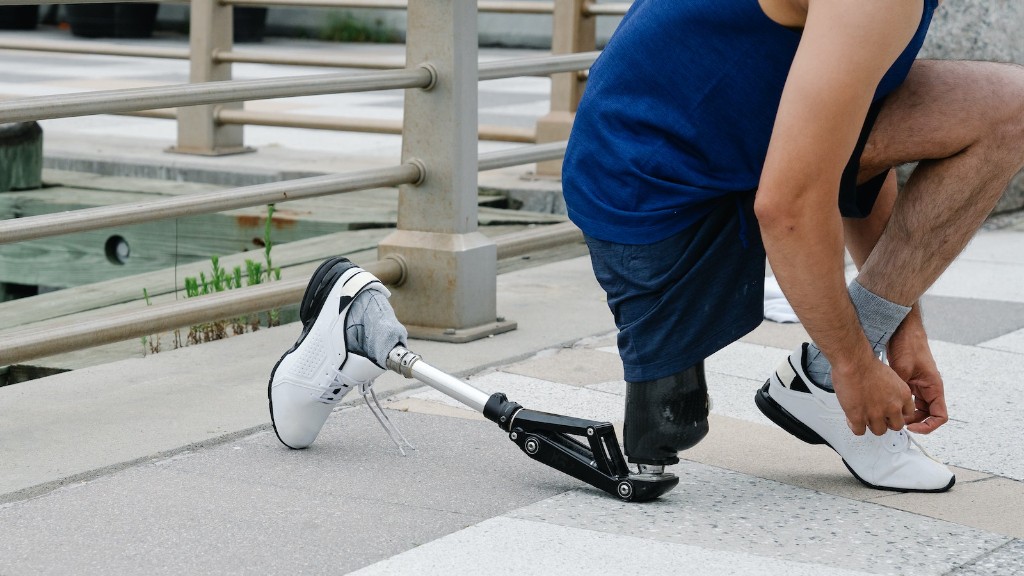How to Make Silicone Prosthetics at Home
Prosthetics have come a long way in improving the lives of individuals with limb loss or limb differences. The development of new materials, such as silicone, has revolutionized the field, allowing for more realistic and functional prosthetic devices. While traditionally, prosthetics have always been custom-made by professionals, there is a growing trend of individuals attempting to create their own silicone prosthetics at home. This DIY approach raises both positive and negative implications that need to be carefully considered.
The Benefits of DIY Silicone Prosthetics
One of the main advantages of making silicone prosthetics at home is the potential for cost savings. Professional prosthetics can be prohibitively expensive, especially for those without adequate insurance coverage. By creating their own prosthetics, individuals may be able to save money and have greater control over the customization process.
Additionally, the DIY approach empowers individuals to take an active role in their healthcare. This can lead to a sense of ownership and increased satisfaction with the final product. By tinkering and experimenting, individuals may be able to discover unique solutions or improvement ideas that they can implement without having to wait for professional assistance.
The Challenges and Risks
While there are potential benefits to making silicone prosthetics at home, there are also significant challenges and risks involved. Achieving the level of craftsmanship and expertise that professionals possess takes years of training and experience. DIY enthusiasts may not have access to the same level of knowledge, techniques, and materials, which can compromise the functionality and safety of the prosthetic device.
Another major concern is the lack of proper oversight and regulation. Professional prosthetists are subject to strict quality assurance standards to ensure that the devices they create meet safety and performance requirements. Without such regulations, homemade prosthetics may not undergo rigorous testing and could potentially be dangerous.
Furthermore, without professional guidance, individuals may struggle to acquire the necessary skills and knowledge to make effective silicone prosthetics. There is a risk of misinformation, improper techniques, and subpar results. This could lead to frustration, disappointment, and potentially even harm.
The Importance of Collaboration
While the concept of DIY prosthetics is intriguing, it is important to highlight the significance of collaboration between individuals and professionals. Instead of attempting to replicate the entire process at home, individuals can work closely with prosthetists, sharing ideas and concerns, to create a more effective and personalized prosthetic device.
Prosthetists bring valuable expertise to the table. They possess in-depth knowledge of human anatomy, materials science, and advanced fabrication techniques. By leveraging this knowledge and working together, it is possible to achieve the best of both worlds – the benefits of the DIY spirit and the safety and functionality of professionally-made prosthetics.
Expert Opinion: Dr. Jennifer Lee
“While the DIY movement has its merits, it is crucial for individuals to consult with professionals throughout the prosthetic creation process. Only by combining their unique insights and skills can we truly advance the field and provide the best outcomes for patients.”
Further Food for Thought
As technology continues to advance, there is a potential for a future where 3D printers and other accessible fabrication tools make it easier and safer for individuals to create their own prosthetics at home. However, until that time comes, it is vital to approach the DIY prosthetics movement with caution and a focus on collaboration.
While the desire for independence and cost savings is understandable, it is essential to prioritize safety and ensure the best possible outcomes for individuals in need of prosthetic devices. Collaboration between individuals and professionals will help strike a balance and push forward the field of prosthetics while maintaining high standards of quality and safety.
Call-to-Action
For those interested in making their own silicone prosthetics at home, consider reaching out to local prosthetic clinics or organizations. Engage in conversations with professionals, seek their advice, and explore the possibility of joint projects to ensure the creation of safe and effective prosthetic devices.



